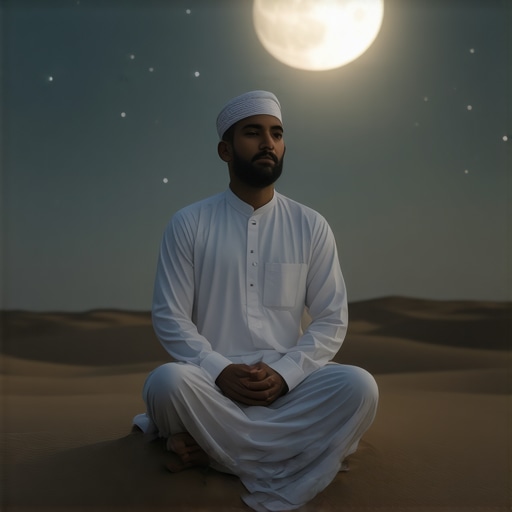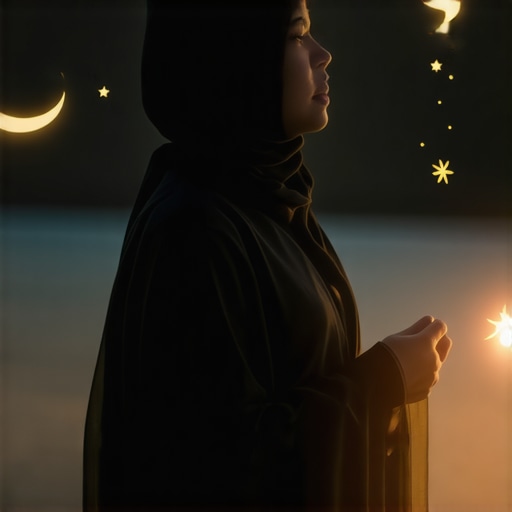Dua for Good Dreams from Sunnah: Enhance Your Dream Experiences & Spiritual ProtectionDua for Good Dreams from Sunnah: Enhance Your Dream Experiences & Spiritual Protection
Have you ever woken up feeling bewildered after dreaming of performing Wudu with sand or seeing a mosque with shoes on inside? I remember one such night vividly—waking up puzzled,



